(May 1, 2022) India has the largest diaspora in the world – over 13 million Indians live outside the country, with 17 million individuals of Indian origin. While they are known to be skilled IT professionals, several Indian-origin politicians have earned important designations in governments worldwide.
According to the latest report by Indispora, a US-based nonprofit community of global Indian diaspora leaders from various backgrounds and professions, more than 200 persons of Indian-origin hold the highest positions around 15 countries – which included elected officials, diplomats, legislators, heads of central banks and senior civil servants. They also listed over 60 leaders, who hold cabinet positions in various countries.
Global Indian takes a look at few notable politicians, who have made their mark as immigrants or children of immigrants.
Kamala Harris – vice-president of the United States
During a civil rights protest on the Berkeley campus, when Shyamala Gopalan asked her toddler daughter “What do you want?” she replied, “Fweedom!”

Kamala Harris, vice president of the United States
Today, the journey of Kamala Harris is an inspiring story of many firsts. Probably one of the most famous Indian-origin politicians in history, Kamala is not just a woman, but also the first Black and first Indian-American vice-president of the United States. Born in Oakland, California to parents who emigrated from India and Jamaica, Kamala and her sister, Maya, grew up embracing both their South Asian and Black heritages. But it was her mother, a breast cancer scientist and pioneer in her own right, who instilled a strong sense of justice in Kamala from a young age. Her parents took the little Kamala to civil rights demonstrations and introduced role models—ranging from Supreme Court Justice Thurgood Marshall to civil rights leader Constance Baker Motley—whose work motivated her to become a prosecutor.
In 2010, Kamala was elected as the first African American and first woman to serve as California’s attorney-general. Six years later she was elected as a senator for California, becoming only the second African-American woman to ever be elected to the US senate. Because of the politician’s commitment to fighting injustice, her eloquence, and capabilities for leadership and governance, President-elect Joseph R Biden chose Harris as his running mate in 2019.
Since her attorney-general days, Kamala rallies for women’s rights — supporting women in our workforce, addressing the maternal health crisis, and defending reproductive rights. During one of her many famous speeches, Kamala told the Generation Equality Forum at a summit hosted by French President Emmanuel Macron that gender equality was paramount to strengthening democracy. “Use the tools for democracy, whether that is the freedom of speech or the freedom to vote. And if you do not yet have those freedoms, fight for them and know we will fight alongside you,” the politician said, adding, “If we want to strengthen democracy, we must fight for gender equality. Because here is the truth: Democracy is strongest when everyone participates, it is weaker when people are left out.”
Leo Varadkar – Tánaiste and minister for enterprise, trade and employment, Ireland
Leo Varadkar knew since early childhood he wanted to enter politics – announcing to his mother’s friends he would be minister for health at just seven. Born to Dr Ashok Varadkar and Miriam Howell, in Dublin, Leo became the first Indian-origin, openly gay and youngest-ever Taoiseach (Irish prime minister) in 2017.
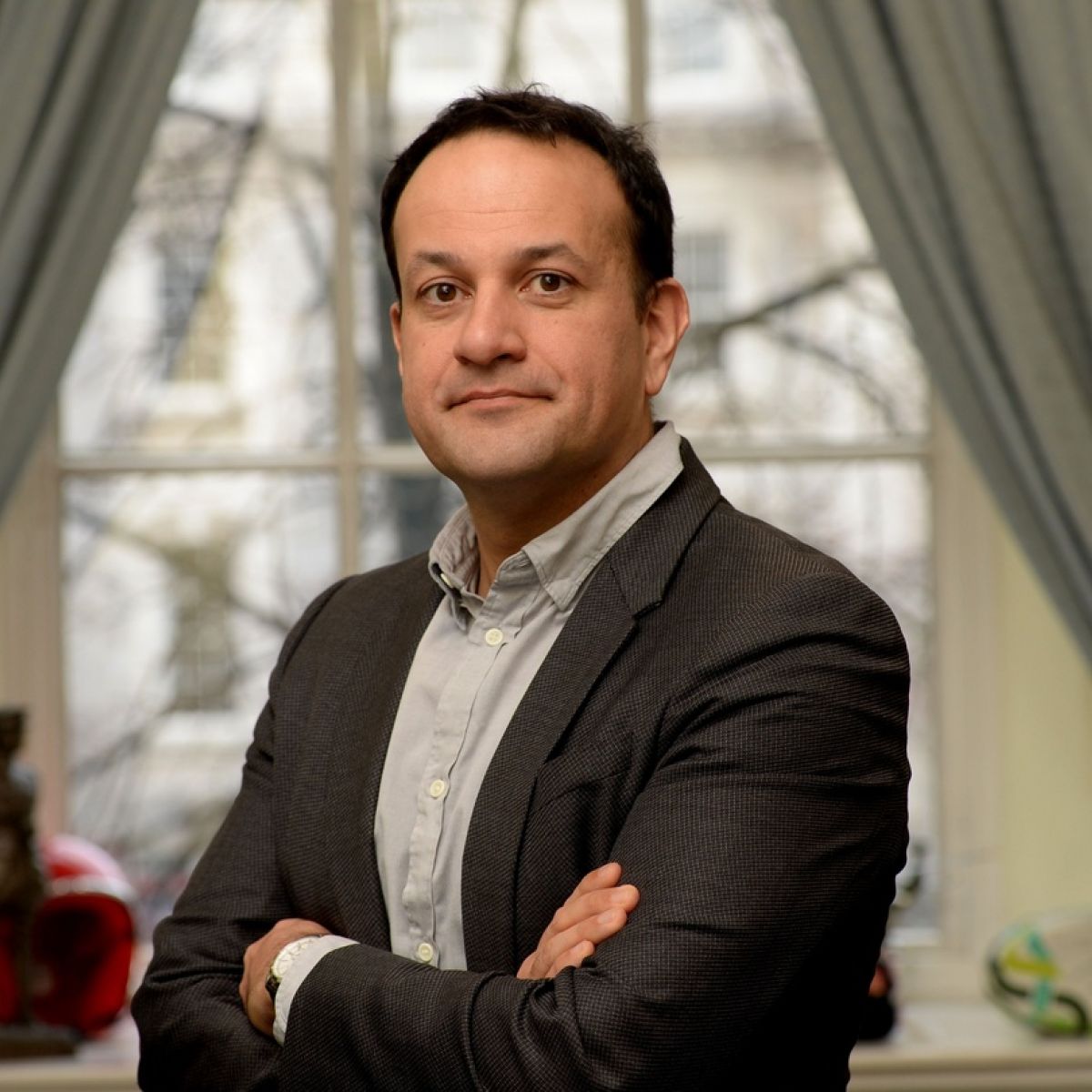
Leo Varadkar, Tánaiste of Ireland
Currently serving as the Tánaiste (Irish deputy prime minister) and minister for enterprise, trade and employment, Leo studied medicine at Trinity College, Dublin, where he was an active member of the campus Young Fine Gael organisation, and also served as the vice-president of the youth organisation of the European People’s Party, an amalgam of dozens of centre-right youth political groups from across Europe. In 2007, at age 28, the politician emerged on the national stage by winning election to the Dáil representing Dublin West.
Often called the Celtic Tiger, Leo has been able to pull Ireland out of an economic crisis, and incorporated a road map for achieving a low carbon economy. During his first address as Taoiseach, Leo said that his government would be “one of the new European centres.” Given Ireland’s staunchly Catholic past, Leo’s sexuality was always a talking point across the globe. However, the Taoiseach believes that Irish society is changing. During an earlier interview, he had said, “I think other people, perhaps people braver than me, who campaigned for equal rights before the law changed things for me – To them I’m very grateful. But it does add additional responsibility on me, that I do want to use the office that I now hold to advance equality of opportunity, to advance the concepts of equal rights before the law. That’s not just for people from the LGBT community here in Ireland, but also in Northern Ireland, and around the world where such rights are under threat.”
Harjit Sajjan – minister of international development, Canada
The first Sikh Canadian to command a Canadian Army reserve regiment, and later becoming the country’s minister of national defence, Harjit Sajjan has been one of the most beloved ministers of Canada. The politician, who was born in Punjab in 1970, immigrated to Canada with his family when he was five years old. He grew up in South Vancouver, and benefitted from everything the area’s diverse and culturally rich community has to offer.
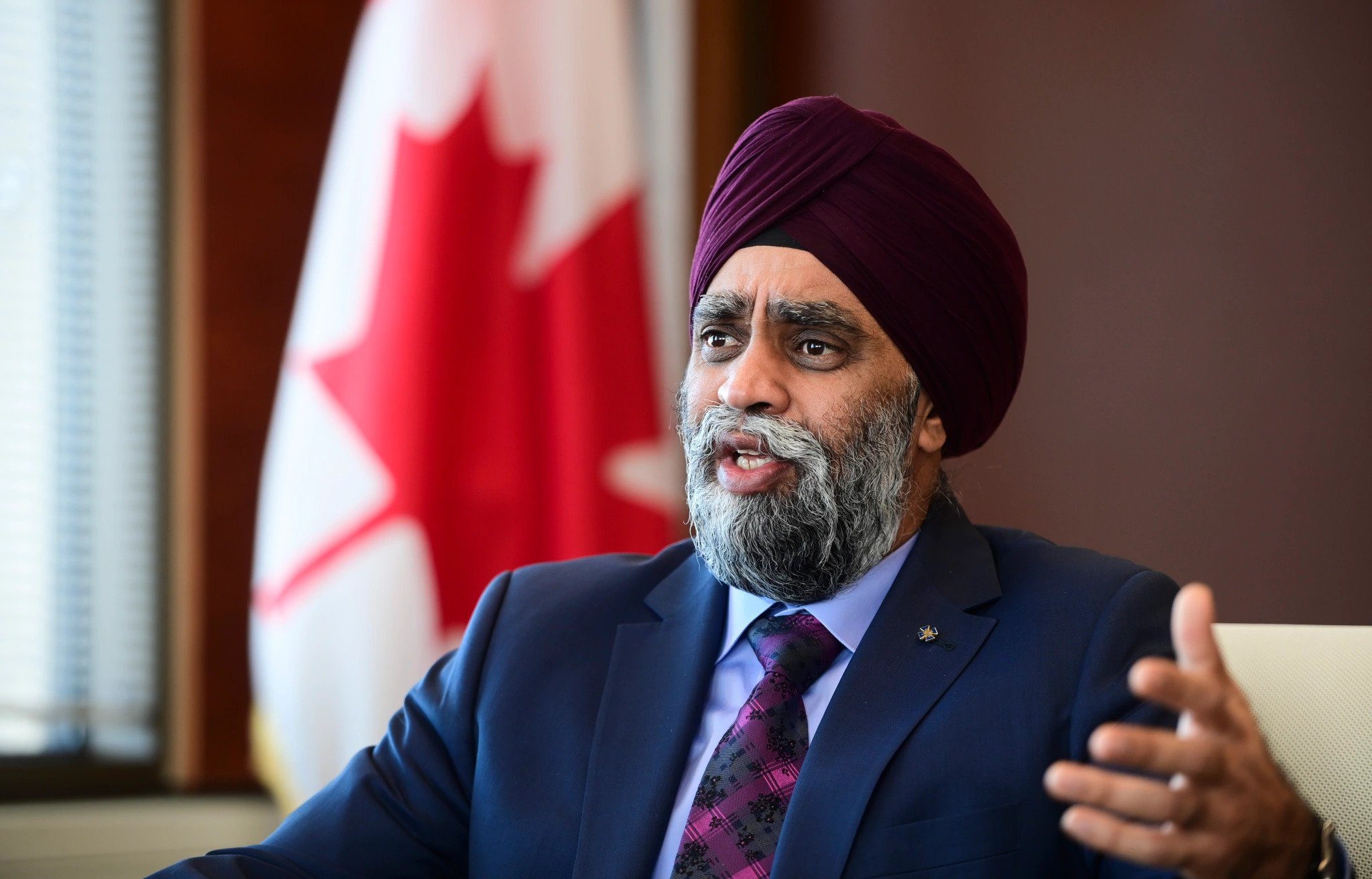
Harjit Sajjan, minister of international development of Canada
At the age of 19, Harjit joined the British Columbia Regiment (Duke of Connaught’s Own) as a trooper and was commissioned as an officer in 1991. He eventually rose to the rank of lieutenant-colonel and was deployed overseas four times in the course of his career: once to Bosnia and Herzegovina, and three times to Afghanistan. In 2011, he became the first Sikh to command a Canadian Army reserve regiment. Harjit was also a part of the Vancouver Police Department, before being elected for the riding of Vancouver South during the 2015 federal election.
During one of his interviews, Harjit had said that he hopes his years in uniform will help motivate the troops, and maybe Canadians in general. “If someone looks at that image and thinks, ‘Wow, if this guy can do this stuff, I can too,’ then I’ve inspired people along the way, which has always been my goal,” the politician said, adding, “But it is just a picture, and life has a way of humbling you if you have any type of arrogance.”
Vivian Balakrishnan – minister for foreign affairs, Singapore
A doctor by profession, an activist at heart, Vivian Balakrishnan serves as the minister for foreign affairs in the Singapore government. Born in 1961 to an Indian Tamil father and a Chinese mother with ancestry from Fuqing, Vivian has raised his voice against injustice since childhood. The politician, who studied medicine at the National University of Singapore, was elected president of the student’s union (NUSSU 1981 to 1983), and chairman of NUSSU (1984 to 1985).
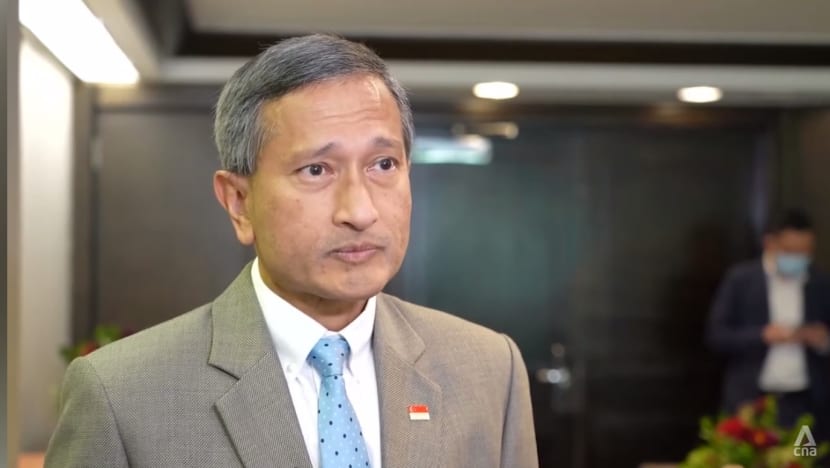
Vivian Balakrishnan, minister for foreign affairs, Singapore
Following his dream Vivian then pursued postgraduate specialist training in ophthalmology and was admitted as a fellow of the Royal College of Surgeons of Edinburgh in 1991. However as soon as he returned to Singapore he started noticing the many problems his people faced. While he has made many famous speeches, one of the most liked videos is of a 29-year-old Vivian debating the then newly elected PAP MP K Shanmugam on Lee Kuan Yew’s remarks that questioned the loyalty of Malay Singaporeans.
In the 2001 general election, Vivian was elected as a member of parliament for Holland – Bukit Timah GRC, and in January 2002, he was appointed minister of state at the ministry of national development. An environmentalist, Vivian has been aiming for sustainable development in Singapore. “Singapore is both a small island developing states (SIDS) and a city-state. Since independence 50 years ago, we have pursued sustainable development. Despite, and perhaps because of, our natural constraints, we had to achieve economic progress whilst preserving a good living environment. Although we have one of the world’s highest population densities, we have maintained our greenery and biodiversity, and enhanced our citizens’ quality of life. This year, we were honoured that our Singapore Botanic Gardens was inscribed as a UNESCO World Heritage Site,” the politician had said while representing Singapore at the UN SDG conference.
Though a hardworking politician, Vivian is also a devoted family man. Married to Joy Balakrishnan, the politician is father to one daughter and three sons.
Nik Gugger – member of the national council, Switzerland
In 1970, a Malayali woman gave birth to a baby boy in Udupi, Karnataka, and told the doctor to give her child for adoption to a family that will look after him well, before abandoning the newborn. Five decades later that child, now known as Niklaus-Samuel Gugger, became the first Indian to be elected to the Switzerland parliament. Within a week of his abandonment, Gugger was adopted by a Swiss couple — Fritz and Elizbeth Gugger. His new parents took him to Kerala when he was just 15 days old, and they lived there for around four years before moving to their native in Switzerland.
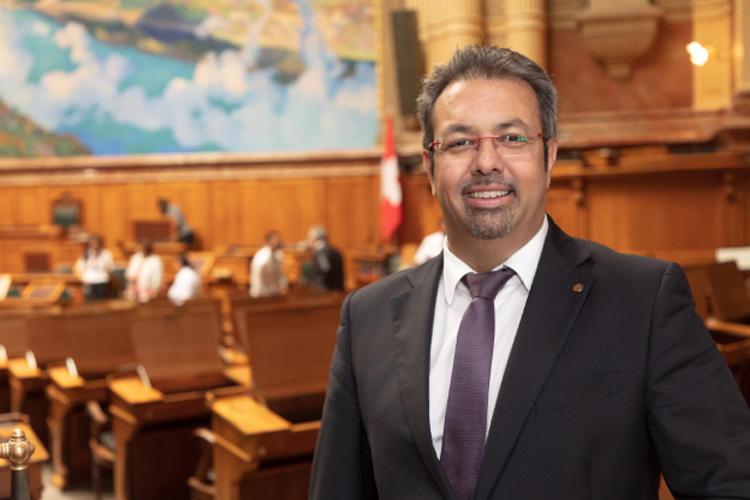
Nik Gugger, member of the national council, Switzerland
Through his father’s work at the Uetendorfberg Foundation, which offers housing and work opportunities for people with hearing, speech and multiple impairments, Nik came into contact with disabled people early on. After finishing his school, Nik did pioneering work in the development of school social work and was a member of the working group for the development of the model for open youth work in Winterthur. At the same time, he studied social work and social management at the Fachhochschule Nordwestschweiz from 1995 to 1999. Since his adoptive parents were not rich enough to finance his higher studies, Nik had to drive trucks and work as a gardener to pay his fees.
Soon after he finished graduation, he became a member of the central board of the Swiss Evangelical People’s Party (EPP). From 2014 to 2017, he was a member of the Zurich Cantonal Council, and in the 2017 National Council elections, Nik Gugger made it to the first substitute seat. Currently, the politician is a member of the Foreign Policy Commission and also a member of the Council of Europe.
A devoted father of three, the politician is deeply connected to his roots, and often visits Thalassery in Kerala – a place he calls his hometown. He also founded the aid organisation, Gundert Foundation, in Thalassery, which is committed to modern education for children of all castes. In the wake of the Covid-19 pandemic, Nik launched a fundraising campaign to enable ventilator purchases in Odisha.



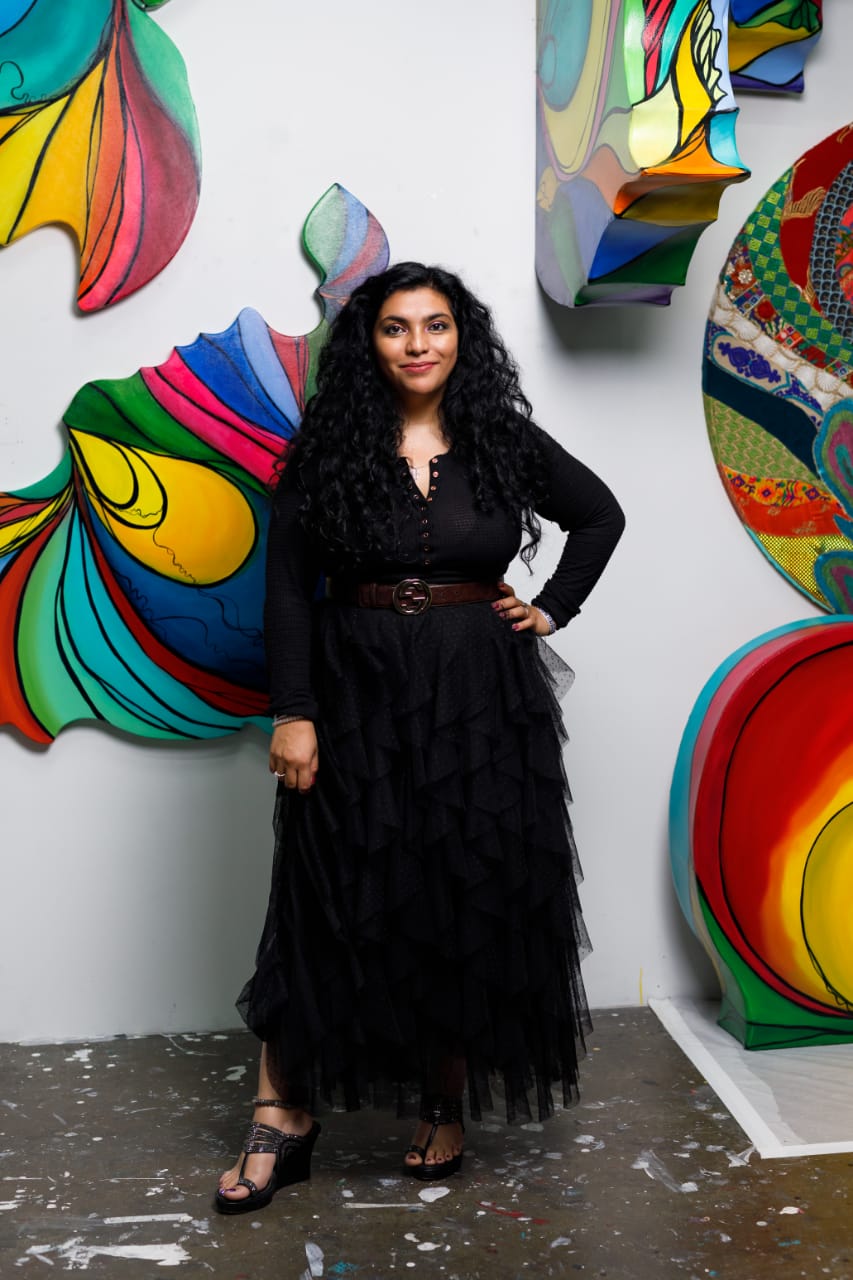 Janavi Mahimtura Folmsbee[/caption]
Janavi Mahimtura Folmsbee[/caption]
 Medha Deshmukh Bhaskaran[/caption]
Medha Deshmukh Bhaskaran[/caption] Cover image of one of the books by Medha Deshmukh Bhaskaran[/caption]
Cover image of one of the books by Medha Deshmukh Bhaskaran[/caption]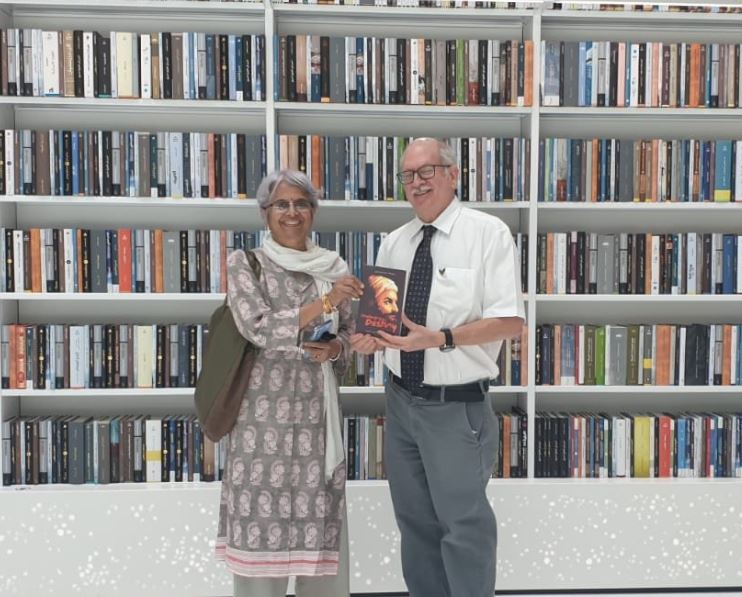 Medha Deshmukh Bhaskaran at Mohammad Bin Rashid Library, Dubai[/caption]
Medha Deshmukh Bhaskaran at Mohammad Bin Rashid Library, Dubai[/caption]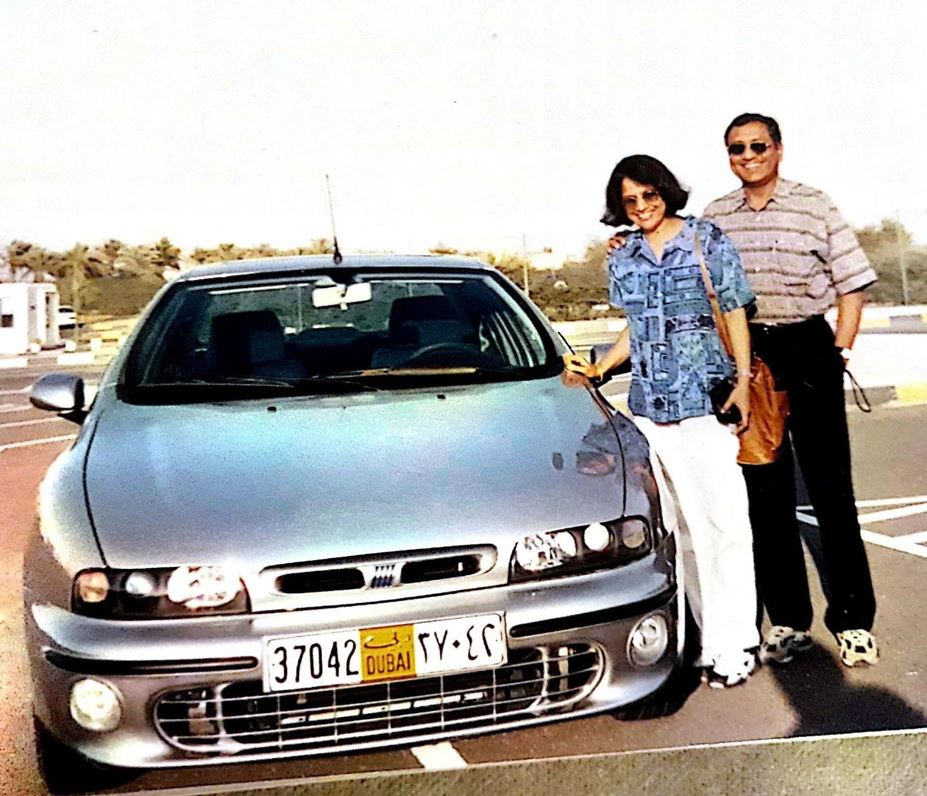 Medha Deshmukh Bhaskaran with her late husband in Dubai[/caption]
Medha Deshmukh Bhaskaran with her late husband in Dubai[/caption]
 Nikil Viswanathan, co-founder, CEO, Alchemy[/caption]
Nikil Viswanathan, co-founder, CEO, Alchemy[/caption]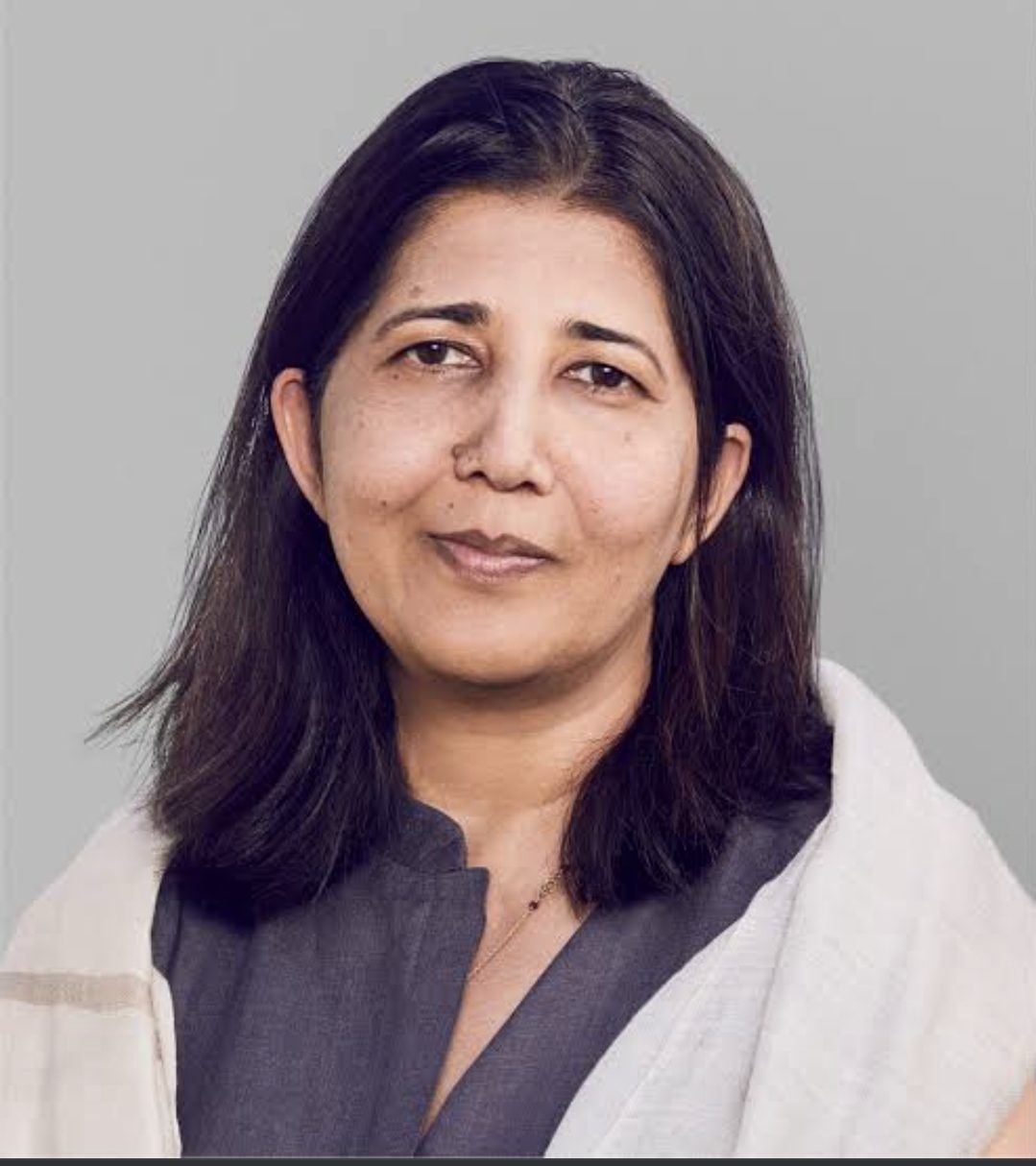 Shar Dubey, CEO, Match Group[/caption]
Shar Dubey, CEO, Match Group[/caption]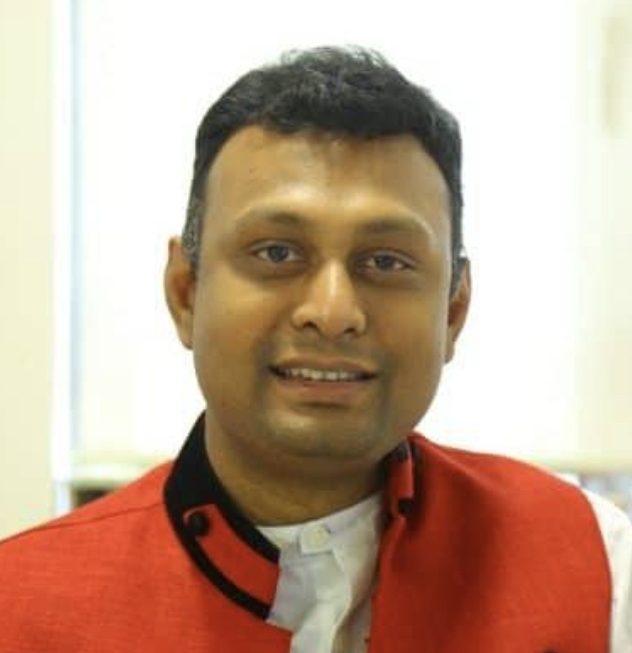 Rajesh Dhuddu, VP and practice leader, blockchain & cybersecurity, Tech Mahindra[/caption]
Rajesh Dhuddu, VP and practice leader, blockchain & cybersecurity, Tech Mahindra[/caption]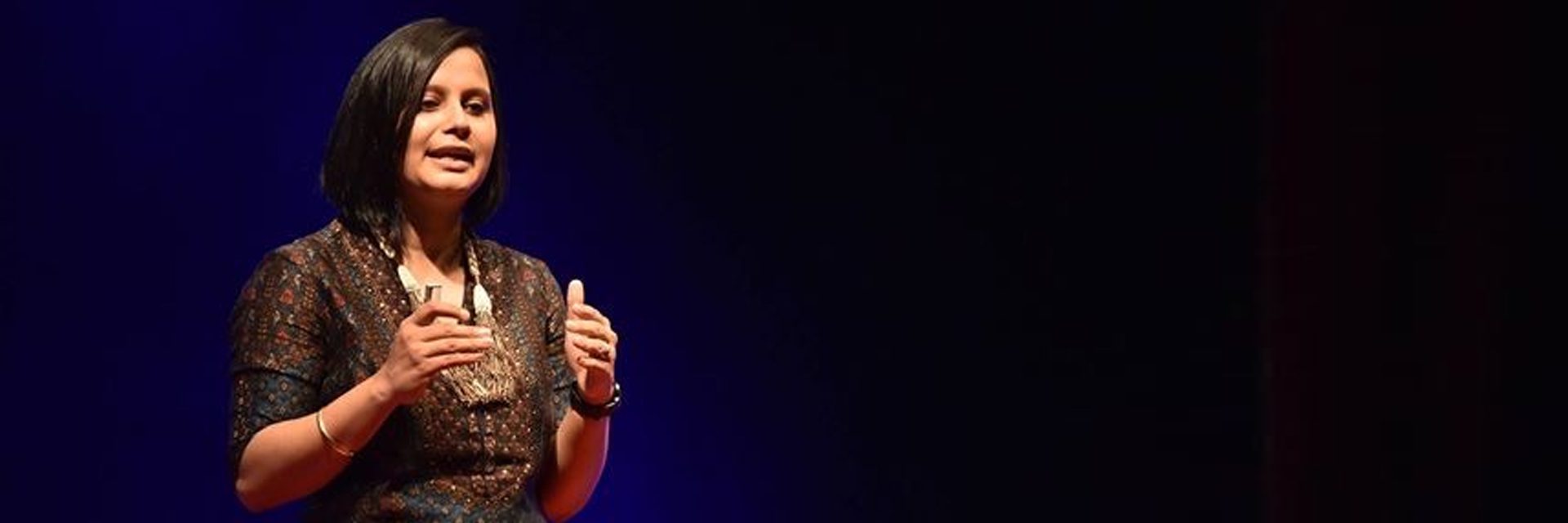
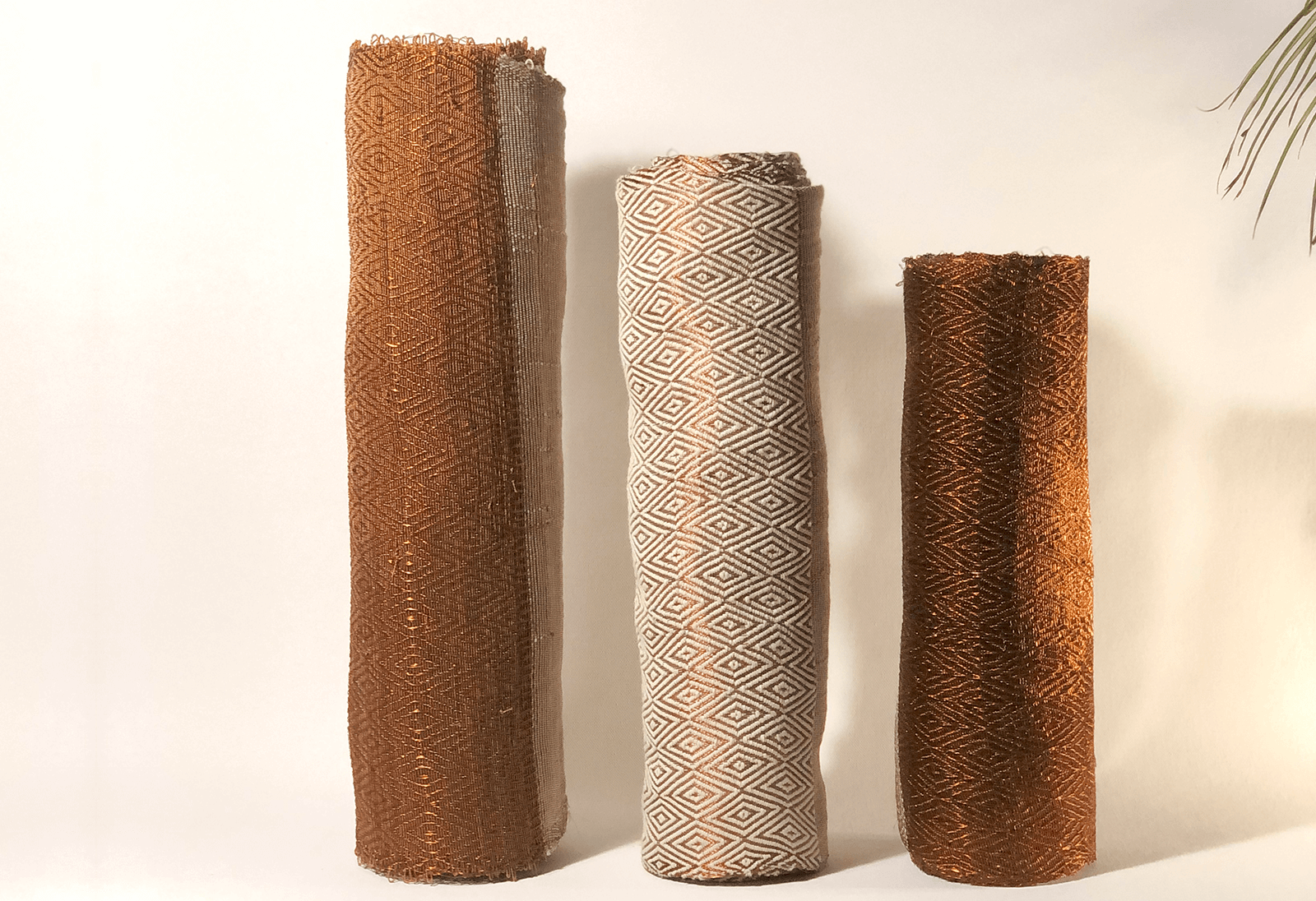
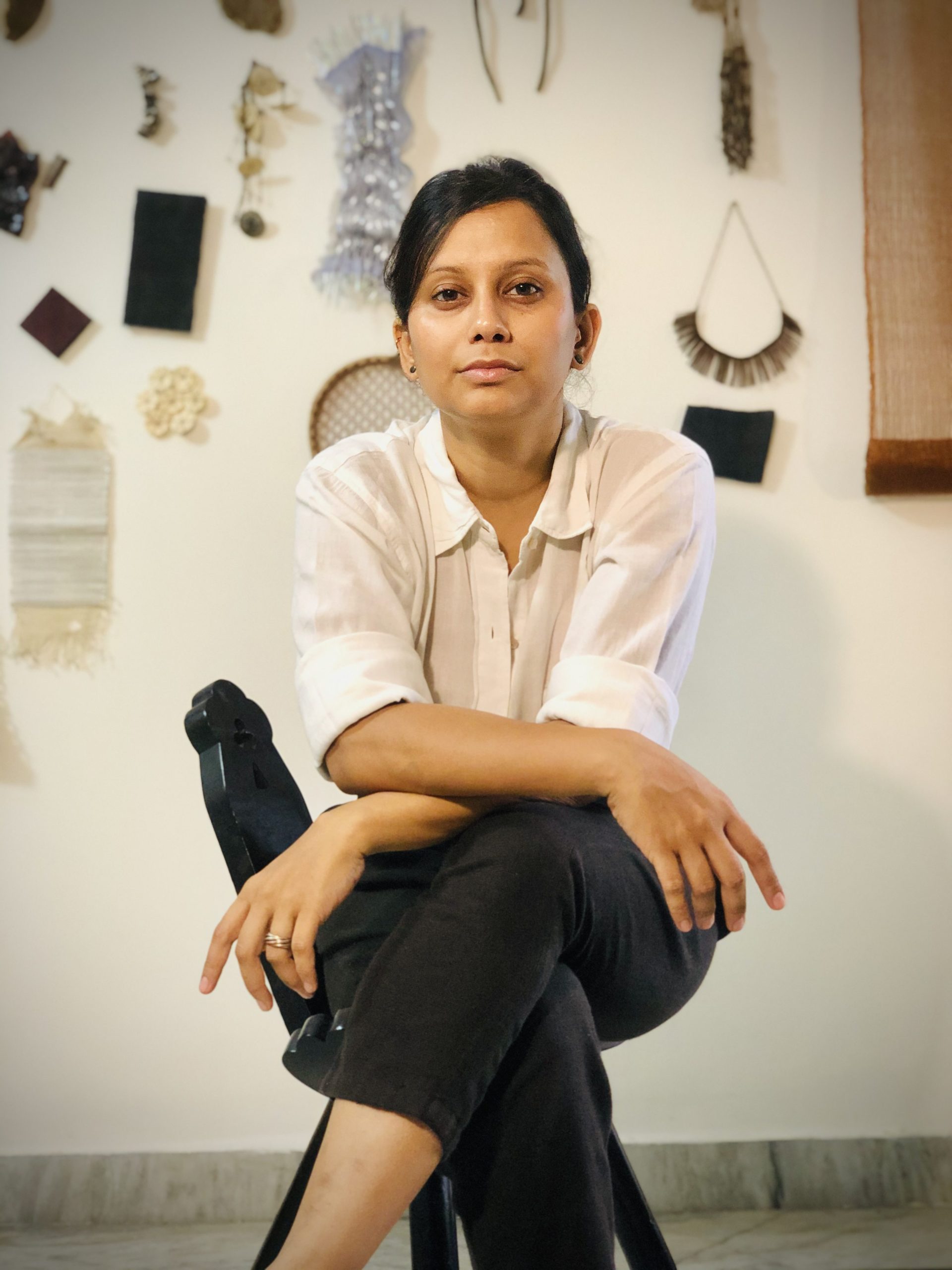
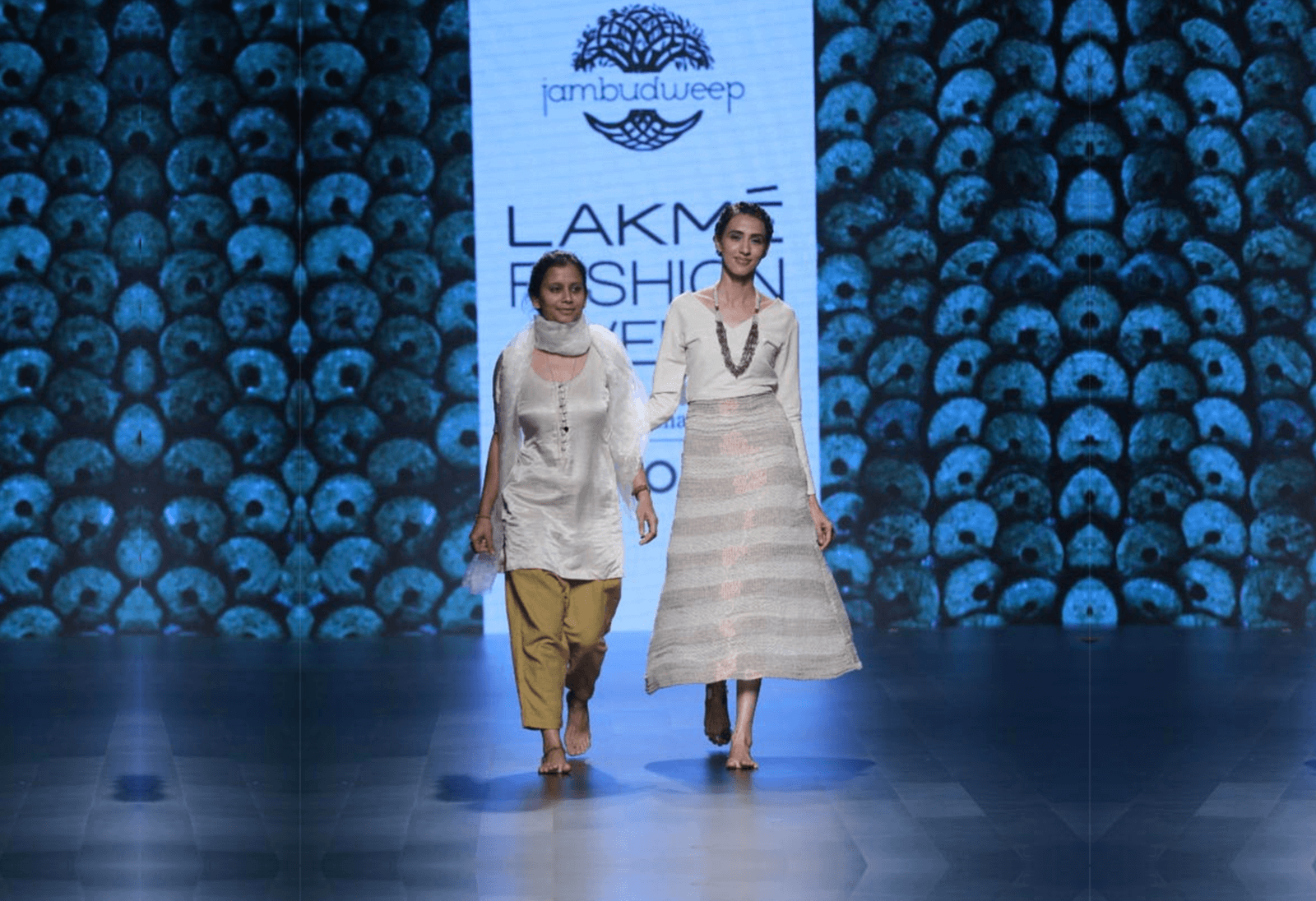
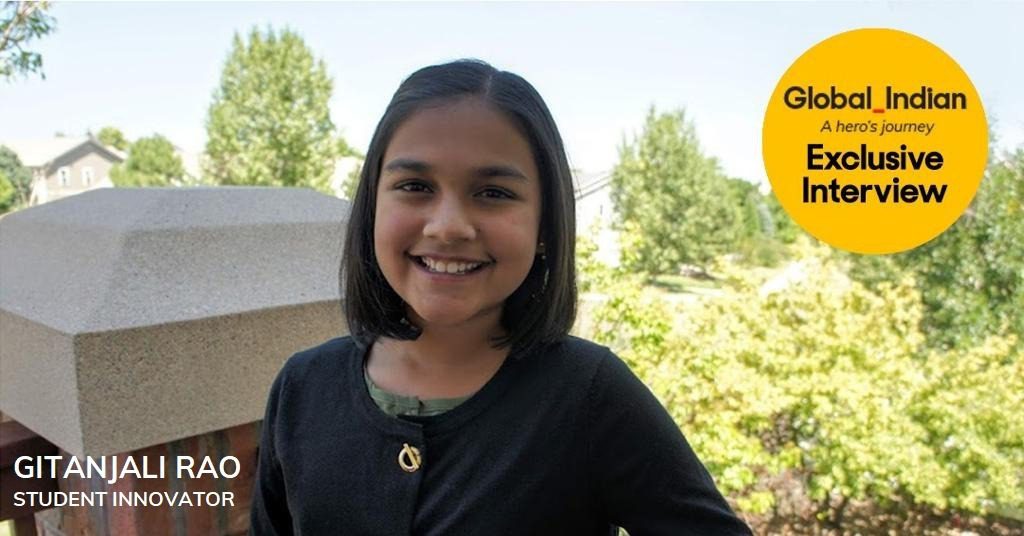
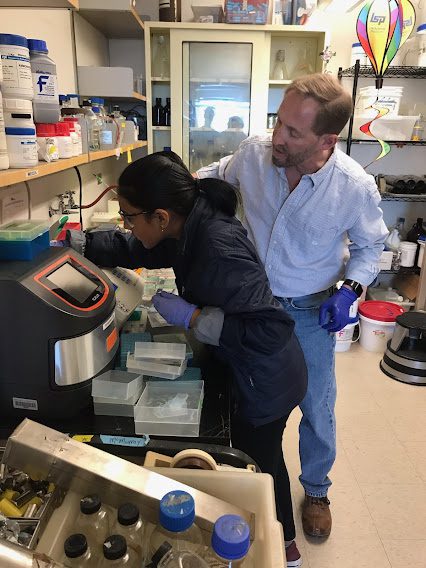 At the age of 15, Gitanjali Rao has 11 innovations to her name.[/caption]
At the age of 15, Gitanjali Rao has 11 innovations to her name.[/caption]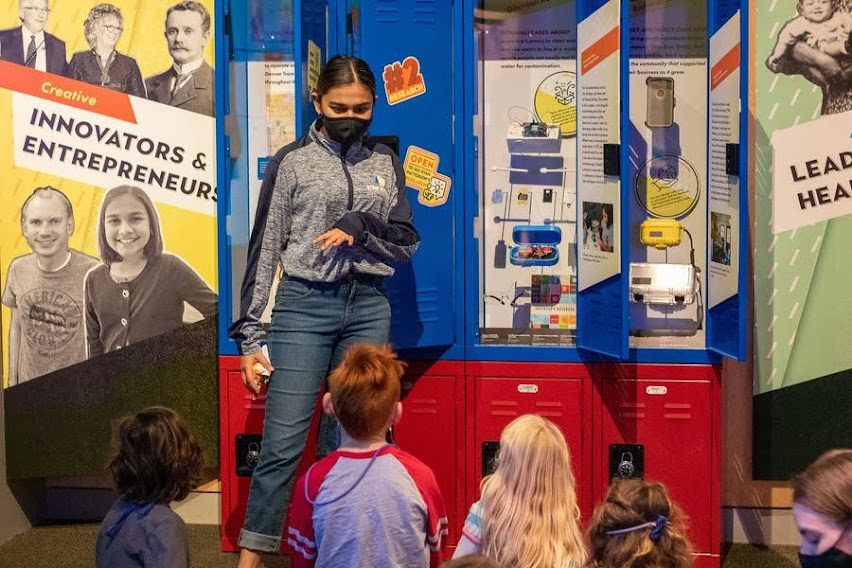 Gitanjali Rao enjoys talking about science with kids.[/caption]
Gitanjali Rao enjoys talking about science with kids.[/caption] Gitanjali Rao learning how to fly.[/caption]
Gitanjali Rao learning how to fly.[/caption]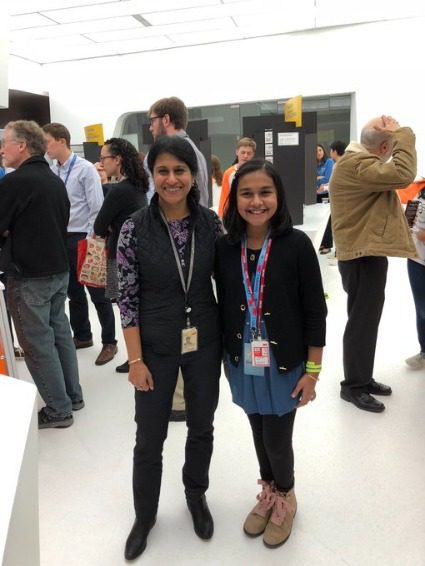 When Global Indians meet: Gitanjali Rao with 3M's chief science advocate Jayshree Seth in 2018[/caption]
When Global Indians meet: Gitanjali Rao with 3M's chief science advocate Jayshree Seth in 2018[/caption]